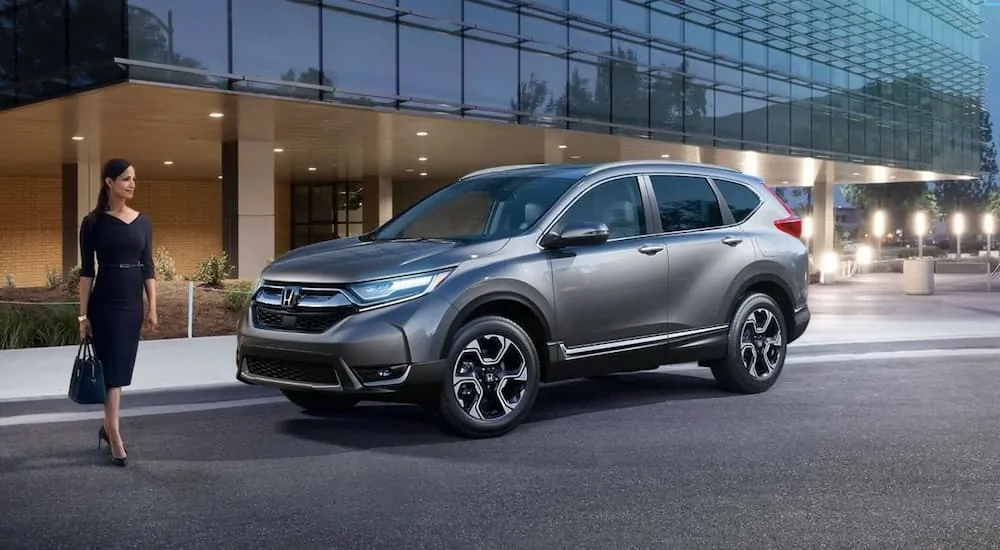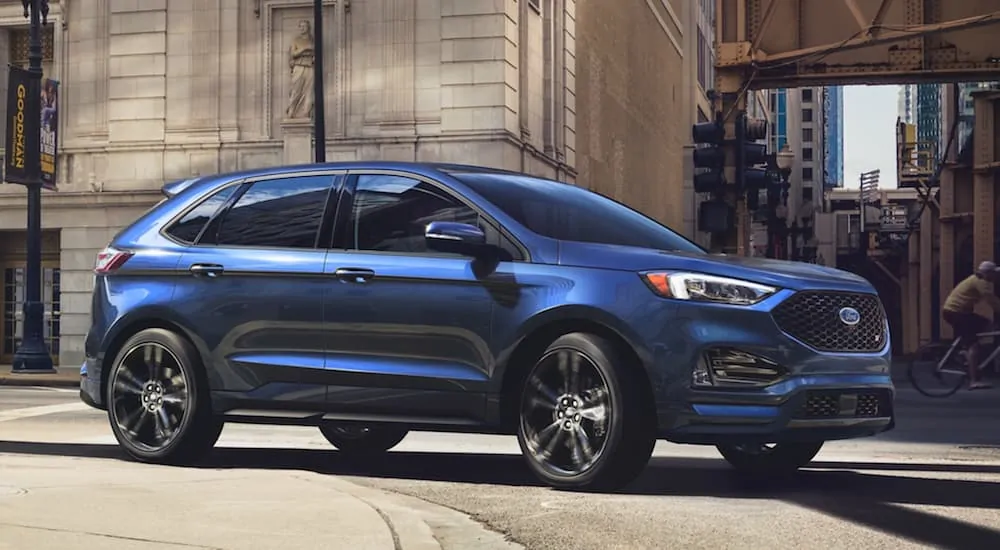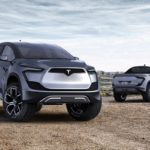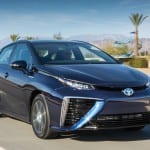To understand that the automotive marketplace has undergone immense changes in recent years requires far less effort than bugging an automaker’s boardroom with high-tech surveillance equipment in order to snag some secrets. For starters, you could stay up-to-date on all the latest news right here at AutoInfluence. But to recognize the changes that have been going on, you don’t even need to exert that much energy. Just keep your eyes peeled the next time you’re driving and pass by various car dealers – industry transformation to SUVs and trucks is clear as day. Just scan their inventory. The dwindling number of coupes and sedans, when compared to the growing prevalence of crossovers, SUVs, and pickups is staggering.
Fueled by the success of the forward-thinking precedent set by Japanese and Korean automakers, domestic leaders have announced some drastic changes to their lineups. Chevy performed a widespread culling of their lineup, and Ford has all but sacrificed their traditional car models in order to favor crossover design. And when it comes to the ever-profitable truck segment, upstart offerings continue to chip away at market share while Chevy struggles to retain the #2 spot due to aggressive moves being made at FCA. Bottom-line, the appearance of the marketplace in these latter months of 2019 differs immensely from its appearance just two years prior, and domestic automakers finally giving way to changing sensibilities are responsible for the vast majority of that difference.
As of August 2019, approximately 70% of new vehicle sales within the US consist of SUV and truck purchases. In 2013, it was a more even split. In 2009, the vast majority of SUVs were still built primarily on truck underpinnings. But acknowledging the impetus served up by recessions and changing sensibilities, as well as the convenience offered by improved passenger and cargo space, crossovers have continued to gain larger pieces of the pie.
Market Shift and Sustainability
It may be an unpopular opinion, but – even in the face of evolving powertrains and promise of autonomy – we feel that the shift in body style might be the most impactful change in terms of the market as a whole. Sure, we can expect a growing number of hybrid and EV offerings to help change the game; it stands to reason that those offerings will favor crossover design language. Even Ford has already begun to showcase their EV F-150 concept with confidence, implying that a Silverado and RAM might not be far behind. But if sustainability is the ultimate goal, is the sacrifice of traditional car models outside of luxury lineups truly the right move? It’s easy to rationalize when you favor the practicality and relative versatility offered by crossovers and SUVs, but let’s explore the other side of the conversation.

At the risk of comparing apples-to-oranges, let’s kick things off by making one thing clear: science and simple math tell us that a car will always more fuel-efficient than a crossover, SUV, or truck equipped with a comparable powertrain.
Take the compact Honda CR-V for example. Configured with two-wheel drive, the CR-V earns a combined fuel economy rating of 30 MPG. But when configured with the same 1.5-liter turbocharged four-cylinder engine and CVT, a Honda Civic earns a minimum of 36 MPG combined. In terms of highway MPG, the difference is more notable, with the Civic enjoying an advantage of almost 24%.
The same argument could be made when comparing the Toyota Highlander with the Camry, although the difference in highway mileage favors the Camry by up to 54%.
While these are distinct examples, the same pattern would be visible across most every lineup. It comes down to basic math: a smaller vehicle will offer economies over a larger vehicle equipped with the same powertrain. That said, logic would tell us that – if fuel economy truly is the priority – smaller cars make more sense.
So, it comes down to practicality… Right?
Reliability
Sure, we could argue the assurance of reliability provided by all-wheel drive and more rigorous suspensions, but those are hardly technologies exclusive to crossover offerings so that that argument can get thrown right out the window. And while we could argue the practical application of passenger and cargo space, that need doesn’t reflect the demands of every driver’s lifestyle. Combine that with the difference in fuel economy, and it becomes easy to recognize that any favoritism of SUVs over cars comes as a result of personal preference.
But this raises a question. If we operate solely on the basis of press releases and interviews with the Detroit Three, one might think that the shift away from cars comes as a result of changing consumer demand. But one could argue that, by offering more crossovers and then diminishing the selection of cars, it’s the proverbial tail that is wagging the dog. As consumers, our car buying proclivities might not be steering automaker decision-making. Our preferences might simply be reshaped by the industry’s desire to explore their own economies. After all, the ability to produce a greater number of vehicles on a reduced number of platforms (if not a singular platform) would have an immense effect on the bottom line. That’s just good business.
So, are we actually demanding crossovers, SUVs, and trucks (versus cars) as a collective consumer base, or is it simply an adult, real-world application of ‘you get what you get, and you don’t get upset’?
United States Consumerism
Setting aside our place on the larger global stage, we (as Americans) are notorious for our rampant consumerism. We’re known to digest products and services in a voracious manner, many of which would be scoffed at (or at least viewed as excessive) by other societies. While we have no interest in engaging in a debate over nationalism, it seems odd that domestic automakers are pushing crossovers so intently while other global brands remain supportive of sedans.
At the most recent Geneva auto show, there were a staggering number of sedan concepts unveiled by the likes of Hyundai, Volkswagen, Audi, BMW, and Aston Martin. In fact, sedan concepts outnumbered new SUV concepts at the show. Granted it’s an isolated example and one that lends credence to the argument that the sedan still has a home in the lineups of more aspirational lineups, but one can’t help to wonder whether we’ve truly outgrown the sedan, or are simply being told that we have.
Who knows? Maybe the entire debate is little more than a waste of time. Setting aside my tendency to favor performance sedans in both two-and-four door builds could be viewed as inherent bias. Maybe I’m just concerned that a shift away from sedan styling is another indictment against my own preferences. But I’m not sure. If it can deliver the horsepower and torque numbers that make driving enjoyable, I’m not against an electrified powertrain. But having raised a family within a four-door sedan, I’m simply not interested in cookie-cutter SUV styling and kitchen-sink cabin experience, and can’t help but feel like that choice is being taken away with each new model year.
What do you think regarding the shift away from traditional car models in the strategy of leading automakers? Is this truly a move for the better when it comes to the best interests of consumers, or is a self-serving move designed to benefit the automakers themselves? And if you think it’s a little of both, how even is the split? We want to know your thoughts, so be sure to leave your opinions in the comments.





